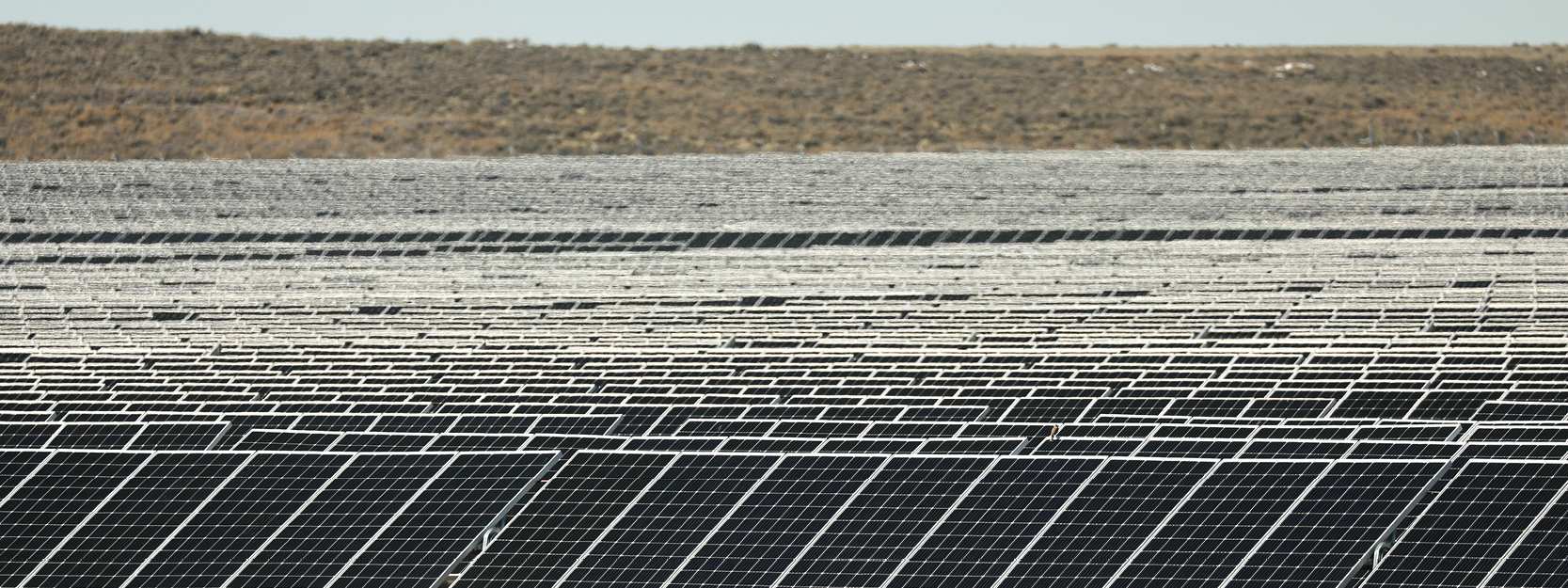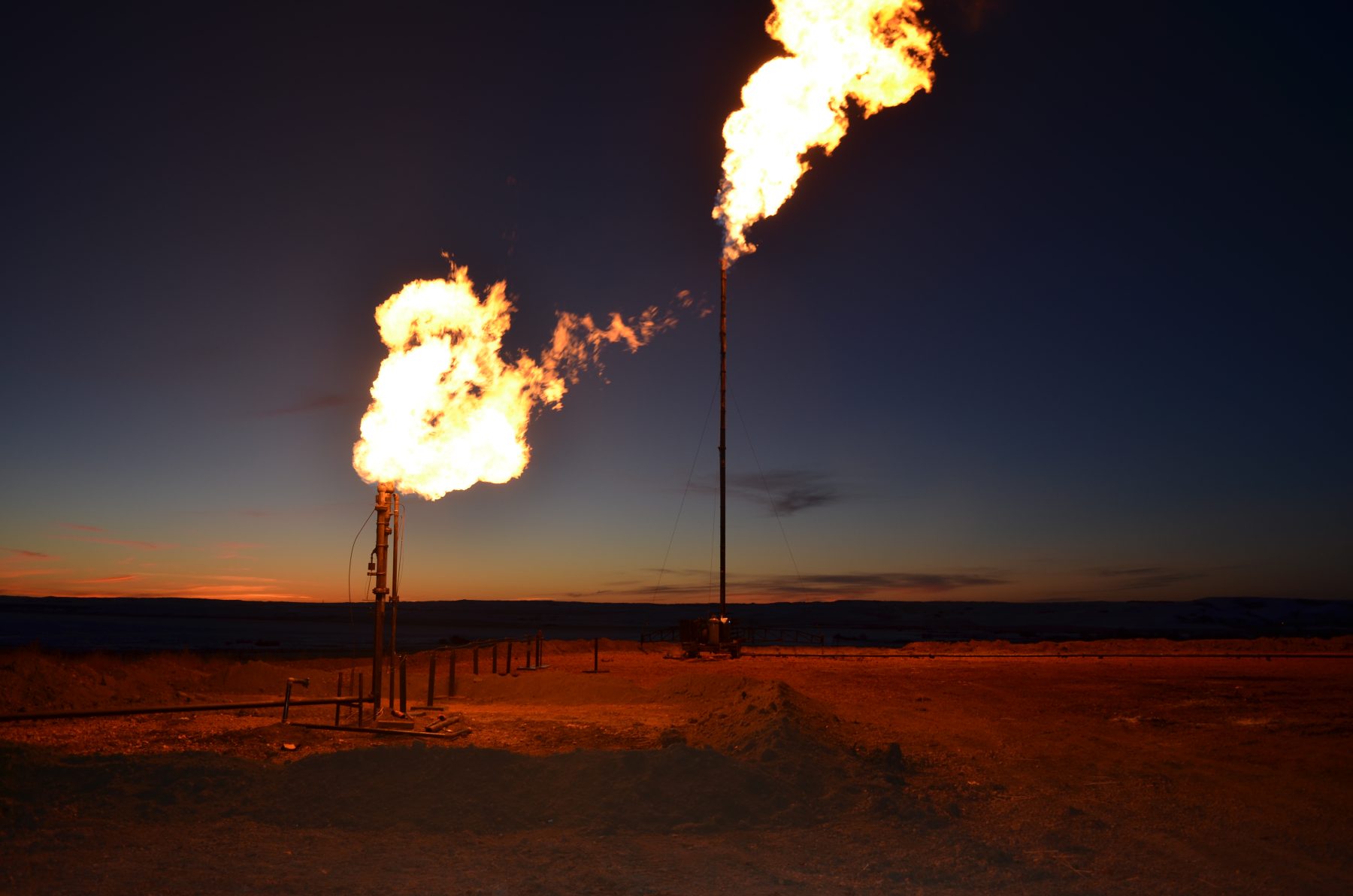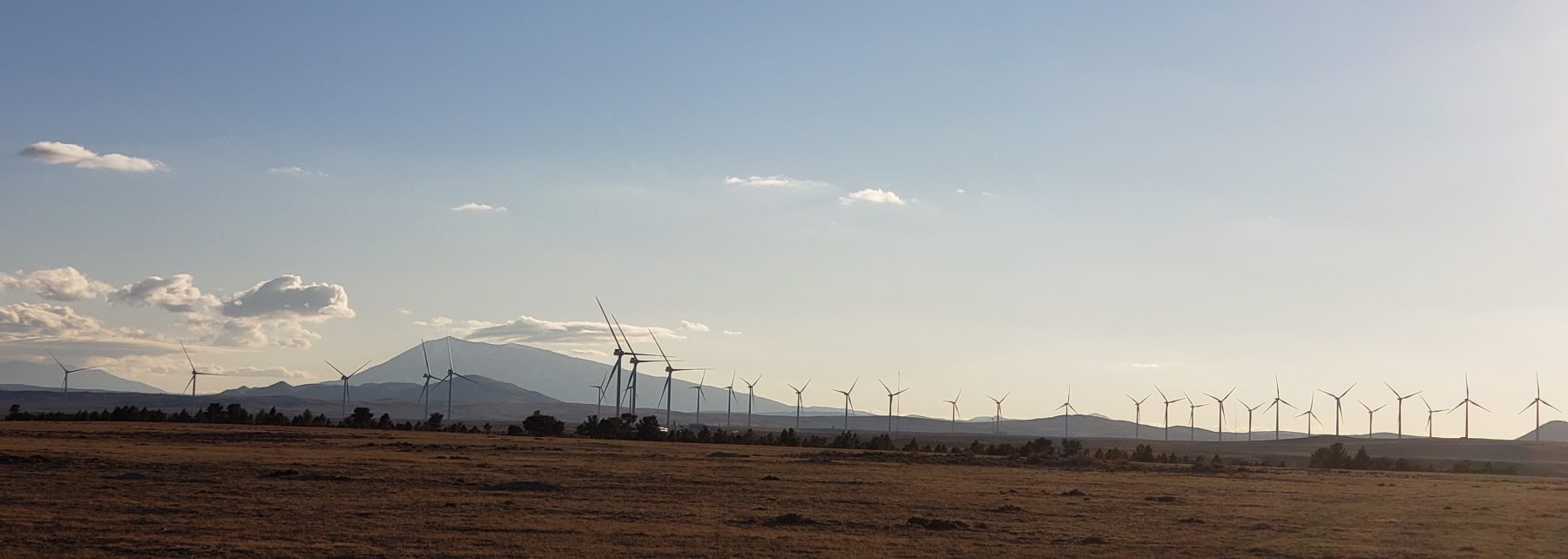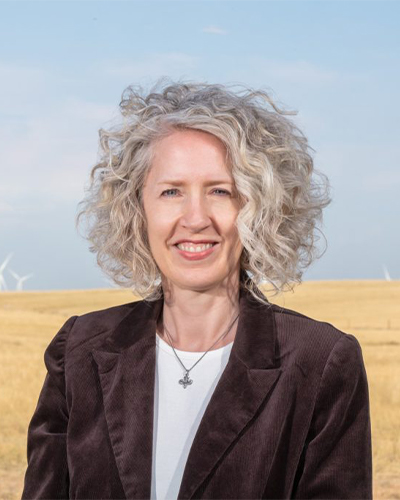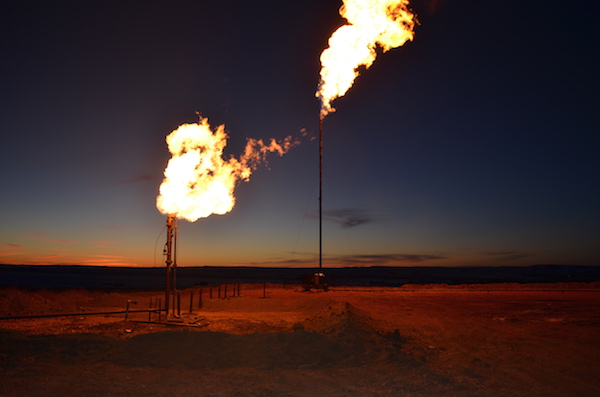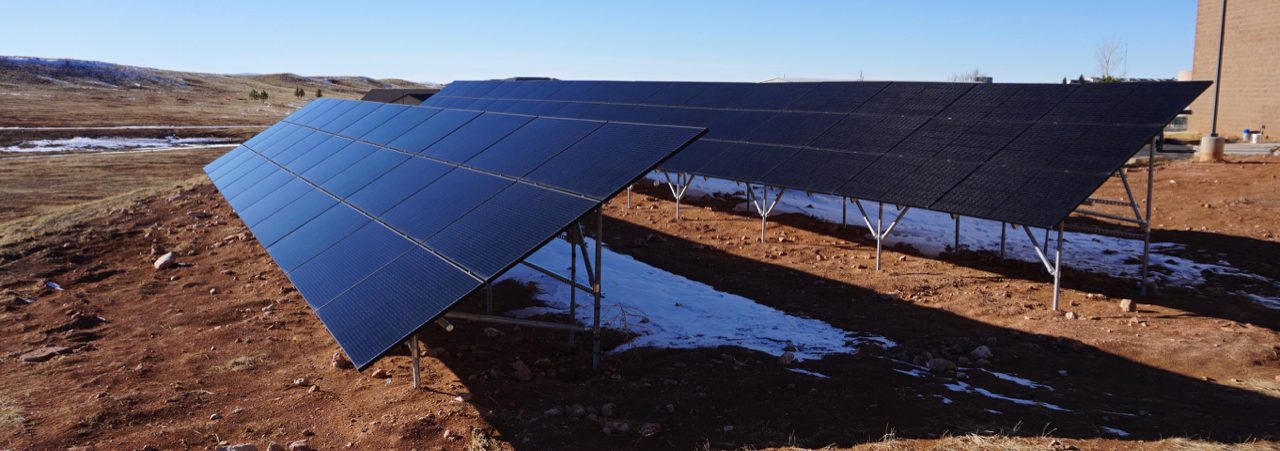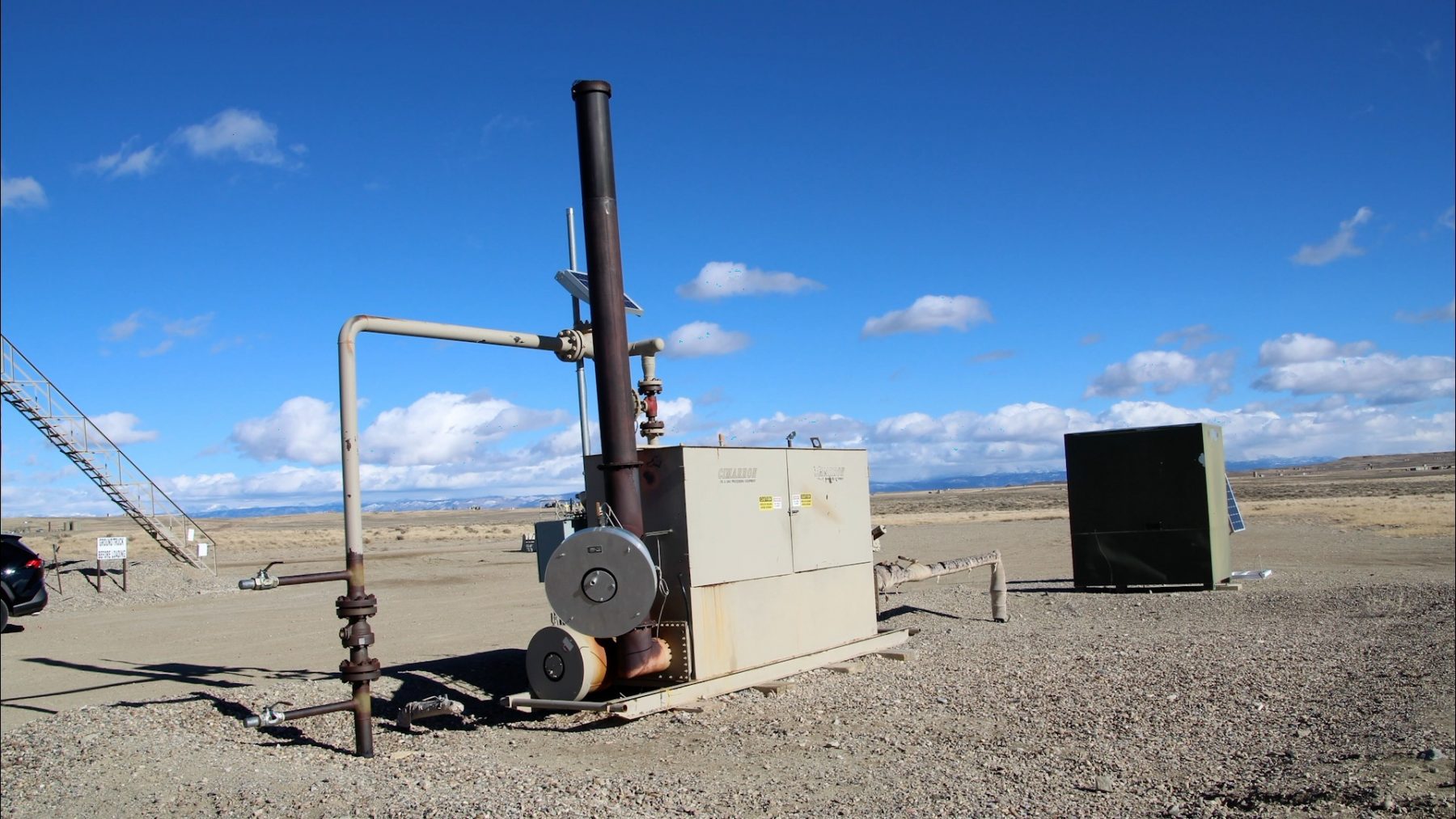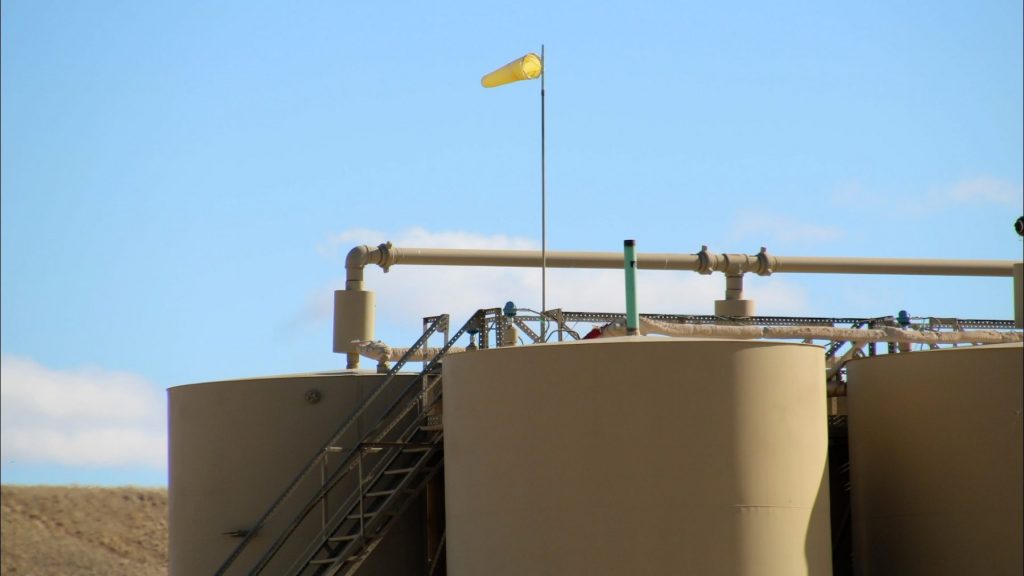Meeting the Moment: Planning for a Responsible Energy Future with the Western Solar Plan
Attend our virtual Conservation Cafeteria on the Western Solar Plan on Wednesday, April 3 at noon — RSVP here.
If you’ve been following national energy trends, you may have noticed that 2022 was a big year. It was the first year in recent history that renewable energy surpassed coal generation in the U.S. As the cost of renewable energy continues to decline, and numerous state and federal policies continue to encourage decarbonization, it’s clear that renewable energy is here to stay. And that means states like Wyoming need to start preparing for new types of energy infrastructure on their lands.
For Wyoming, the implications of a transition to low-carbon and renewable energy are difficult to overstate, especially considering the footprint of utility-scale renewable energy and its potential impacts to wildlife, habitats, open spaces, and cultural resources across the state. Fortunately for one key renewable energy resource that Wyoming has in abundance — sunlight — we have a once-in-a-generation opportunity to ensure that this development is sited right from the start. That’s where the Western Solar Plan comes in.
The 2012 Western Solar Plan is getting updated — and Wyoming is included!
The Bureau of Land Management is currently proposing to expand and update its 2012 Western Solar Plan, which will help identify the best locations across the West for future utility-scale solar development — in this case, solar facilities that produce 5 megawatts or more on public lands. The plan aims to proactively screen for wildlife, sensitive habitats, cultural resources, and other values and resources that could conflict with solar energy development. Wyoming wasn’t included in the 2012 plan, back when solar energy cost roughly 10 times what it costs today. But the updated plan includes Wyoming and other newcomers, including Montana, Idaho, Oregon, and Washington.
Having Wyoming included in the updated Western Solar Plan is great news! This policy update was a core recommendation of the Renewable Energy Siting Collaborative, a convening of industry, conservation groups, academics and other stakeholders that the Wyoming Outdoor Council helped facilitate in 2021. The large footprint that solar energy needs to produce electricity means that inappropriately sited projects could have devastating consequences for Wyoming’s migrating ungulate herds and fragile habitats. We’ve unfortunately witnessed this firsthand with the Sweetwater Solar Facility, the state’s first utility-scale solar project on public lands. This facility was placed along a pronghorn migration route north of Green River, creating a barrier along the animals’ path that funneled them onto a county highway, creating a dangerous situation for pronghorn and motorists alike. It’s an example that shows the impact these facilities can have on wildlife and just how important it is to site projects in ways that avoid sensitive habitats.
Help us achieve the best outcome for Wyoming
From now until April 18, the BLM is seeking comments on five different alternatives for the updated Western Solar Plan through its e-planning website. BLM’s preferred alternative (alternative 3) would leave 2.98 million acres (roughly 17 percent) of BLM land in Wyoming open for solar development applications. Stated simply — we think this is too much.
Wyoming is unique in its open spaces, unfragmented habitats, and iconic seasonal wildlife migrations. Solar development in particular presents an impenetrable barrier for big game that threatens connectivity on these landscapes. This is why we are urging our members to tell the BLM to select an alternative that further narrows where solar projects can exist, while still leaving enough acreage available to help our nation reach important climate goals.
Specifically, we urge our members to support alternative 5, which requires that solar energy development on public lands meet the following criteria:
- Be located on previously disturbed lands with diminished integrity
- Be located within 10 miles of existing or proposed transmission corridors
- Be located on slopes less than 10 degrees
- Not conflict with 21 resource-based exclusions that BLM has identified for all alternatives. (A full list of these exclusions can be found starting on page 21 of the draft plan.)
Even when considering these criteria, alternative 5 still allows for applications for solar development in 1.4 million acres of public lands in Wyoming. This is about 50 times more than the BLM expects will actually get developed by 2045 in their reasonably foreseeable development scenario for Wyoming (below). Alternative 5 also adds an additional safeguard by only considering applications on previously disturbed lands which would help ensure that the loss of unfragmented and healthy habitat is minimized and that future solar development is directed away from these areas.
Figure 1: BLMS Reasonably Foreseeable Development Scenario. Available here.
Speak up for Wyoming’s wildlife
Finally, we need your help speaking up for Wyoming’s wildlife in the plan. As drafted, the Western Solar Plan excludes solar development from big game migration corridors and winter ranges only where this habitat is identified and explicitly singled out for exclusion in existing land use plans. Unfortunately, most of Wyoming’s resource management plans are severely outdated and provide little to inadequate acknowledgement for big game migrations and winter-range in relation to renewable energy projects. Biologists have collected huge amounts of data in recent years to delineate migratory routes and improve understanding of how animals are using crucial winter range in Wyoming. Very little of this has been included or updated in resource management plans.
If this plan is to be successful for Wyoming and avoid harm to our wildlife, it needs to avail itself of the best available science on migrations and winter ranges. In your comments, tell the BLM that it needs to revise its big game exclusion criterion (criterion 9) to protect identified big game crucial winter range and migration corridors from utility-scale solar development regardless of the direction offered in applicable land use plans. The risks to our ungulate herds are too great to ignore the best available data waiting on land use plan revisions that may take decades.
Help Us Meet the Moment
It’s not everyday in our work as conservation advocates that we get the chance to raise our voice in support of planning efforts with the potential to have such an impact as the Western Solar Plan. As many of you know, this work is so frequently driven by the need to react to bad ideas and policies that threaten conservation values. This plan is different. It sets the rules that will govern solar development on public land for decades to come. From our vantage point at WOC, we are entering a time when the country’s energy future is at a crossroads — and Wyoming stands to play an important role in choosing which path we take. With an updated Western Solar Plan, we have a rare opportunity to be proactive and reduce many of the resource conflicts that we’ve sadly grown accustomed to on our public lands. We can plan for the development that will be needed to power our country while also meeting our long-term climate goals and protecting the wildlife and the very things that make Wyoming special.


